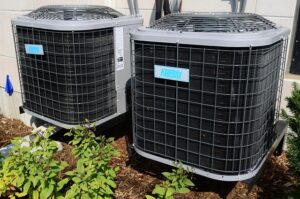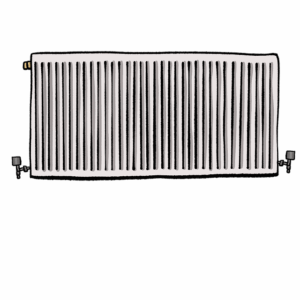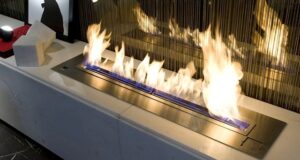Industrial unit heaters play a vital role in maintaining optimal temperatures for manufacturing facilities and warehouses, offering heavy-duty construction, efficient forced air heating, and consistent comfort and safety. Types include gas-fired and electric unit heaters, with suspended heaters ideal for high-ceilinged areas. Variable speed blower motors have revolutionized these systems, providing precise control over airflow and temperature, enhancing energy efficiency, and aligning heat distribution with demand. Key considerations when selecting industrial unit heaters include BTU ratings, forced air heating, heater types, ambient temperature, and safety factors. Regular maintenance ensures optimal performance and longevity for these versatile solutions across diverse industries.
“Discover the transformative power of industrial unit heaters equipped with variable speed blower motors. This article explores their pivotal role in enhancing efficiency, reducing energy costs, and improving indoor environments. From understanding the basics to delving into technical aspects, we uncover the evolution of variable speed technology. Key benefits, selection guidelines, and real-world applications highlight why these heaters are a game-changer for various industries. Enhance your knowledge of industrial unit heaters and their variable speed blower motors today.”
- Understanding Industrial Unit Heaters: Their Role and Benefits
- The Evolution of Variable Speed Blower Motors
- Key Advantages of Integrating Variable Speed in Unit Heaters
- Technical Specifications and Considerations for Selection
- Real-World Applications: Success Stories and Best Practices
Understanding Industrial Unit Heaters: Their Role and Benefits
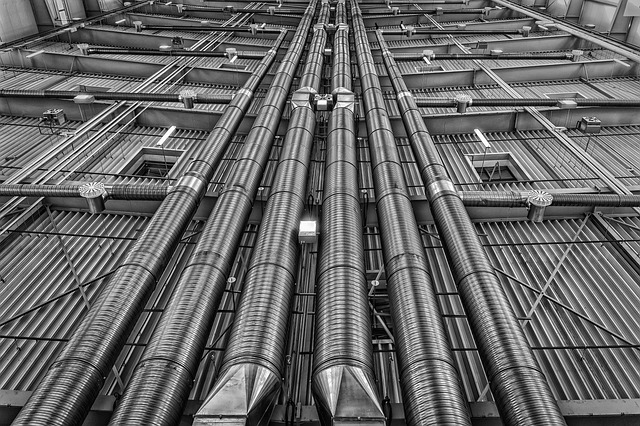
Industrial unit heaters play a pivotal role in maintaining optimal temperatures within various industrial settings, including manufacturing facilities and warehouses. These specialized heating solutions are designed for heavy-duty construction and offer numerous benefits tailored to commercial heating needs. By employing forced air heating mechanisms, industrial unit heaters efficiently distribute heat throughout large spaces, ensuring consistent comfort and safety.
Gas fired heaters and electric unit heaters are popular choices, each with unique advantages. Suspended heaters, for instance, provide even heat distribution, making them ideal for high-ceilinged areas. The BTU ratings of these heaters directly correlate to their heating capacity, catering to diverse temperature requirements in different industrial applications. This versatility ensures that businesses can select the most suitable unit heater for their specific warehouse heating demands.
The Evolution of Variable Speed Blower Motors

The evolution of variable speed blower motors has significantly transformed industrial unit heaters, catering to diverse needs across various sectors. Traditional fixed-speed systems were limited in their ability to adapt to changing environmental conditions and specific heating requirements within manufacturing facilities, warehouses, and other commercial spaces. This led to inefficiencies and higher operational costs.
In response, variable speed blower motors have gained prominence due to their adaptability and energy-saving capabilities. These motors allow for precise control over airflow and temperature, optimizing forced air heating systems like gas fired heaters and electric unit heaters. Whether it’s a large manufacturing facility requiring heavy duty construction or a smaller warehouse needing efficient commercial heating, these motors offer customizable BTU ratings to suit specific industrial applications. The adoption of variable speed technology underscores the ongoing quest for enhanced operational efficiency and cost-effectiveness in demanding industrial environments.
Key Advantages of Integrating Variable Speed in Unit Heaters
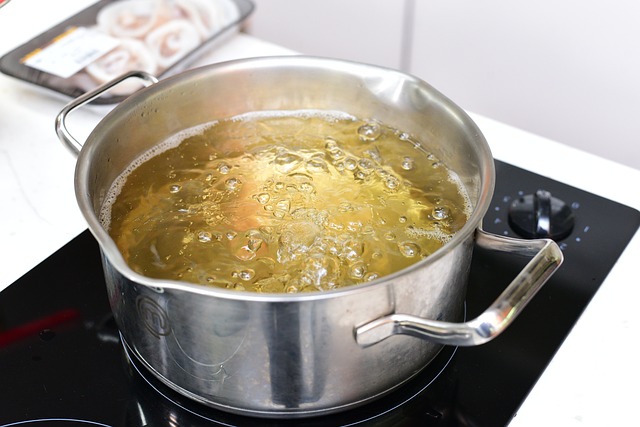
Integrating variable speed blower motors into industrial unit heaters offers several key advantages that enhance performance and efficiency in various industrial settings, including manufacturing facilities and warehouses. One of the primary benefits is the ability to precisely control air flow and temperature, allowing for optimized forced air heating based on specific needs. This flexibility ensures that energy usage aligns with demand, resulting in significant cost savings compared to traditional fixed-speed heaters.
Moreover, variable speed motors directly impact BTU ratings, enabling efficient distribution of heat across large commercial heating areas. The heavy duty construction of these units caters to the demanding requirements of industrial applications, ensuring longevity and reliability even in harsh environments. Whether powered by gas or electric, suspended heaters offer versatile solutions, catering to diverse needs from warehouse heating to specialized manufacturing processes, all while maintaining optimal operational efficiency.
Technical Specifications and Considerations for Selection

When selecting industrial unit heaters for applications like warehouse heating or manufacturing facilities, technical specifications and considerations play a crucial role in ensuring optimal performance and efficiency. Key aspects to look at include BTU ratings—indicating the heater’s capacity to transfer heat—and forced air heating capabilities, which facilitate even distribution of warm air throughout the space. For commercial heating needs, electric unit heaters and gas fired heaters offer distinct advantages, with the latter often preferred for heavy duty construction and industrial applications due to their higher output and resilience.
Additionally, suspended heaters are a popular choice in industrial applications for their versatility and ability to cover large areas without obstructing workflow. The selection process should also factor in ambient temperature ranges, required operating voltages, and the presence of any hazardous materials in the area. These considerations collectively ensure that the chosen industrial unit heater is not only suitable for the specific application but also aligns with safety standards and promotes energy-efficient commercial heating solutions.
Real-World Applications: Success Stories and Best Practices
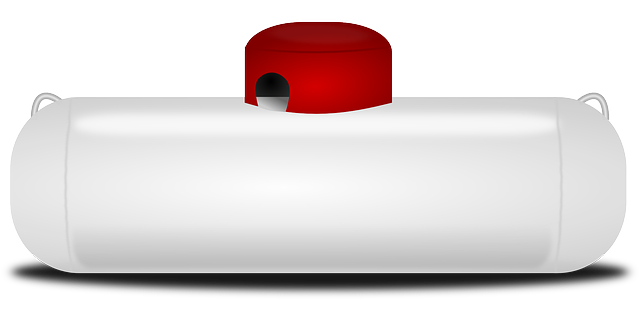
Industrial unit heaters equipped with variable speed blower motors have found their place in a wide array of real-world applications, proving to be versatile and efficient solutions for various industries. Success stories abound in manufacturing facilities where these heaters are instrumental in maintaining optimal temperatures during production runs, ensuring consistent quality and productivity.
For instance, warehouse heating in cold climates has been transformed with the adoption of gas fired heaters and electric unit heaters featuring forced air heating mechanisms. These systems offer precise temperature control, enabling businesses to set BTU ratings suitable for their specific needs. Moreover, suspended heaters designed for heavy duty construction have enhanced commercial heating in industrial applications, contributing to safer and more productive work environments. Best practices dictate regular maintenance checks to ensure optimal performance and longevity, leveraging the variable speed blower motors to adapt to changing environmental conditions and energy demands.
Industrial unit heaters with variable speed blower motors offer a compelling solution for efficient heating applications across various industries. By understanding the role of these heaters, their evolution, and the key advantages they provide, businesses can make informed decisions. The technical specifications and selection considerations outlined in this article highlight the importance of tailored solutions to meet specific needs. Real-world success stories demonstrate how variable speed blower motors enhance energy efficiency, reduce operational costs, and contribute to sustainable practices. Embracing these innovative technologies can drive progress in today’s industrial landscape, ensuring optimal heating performance while promoting environmental stewardship.











